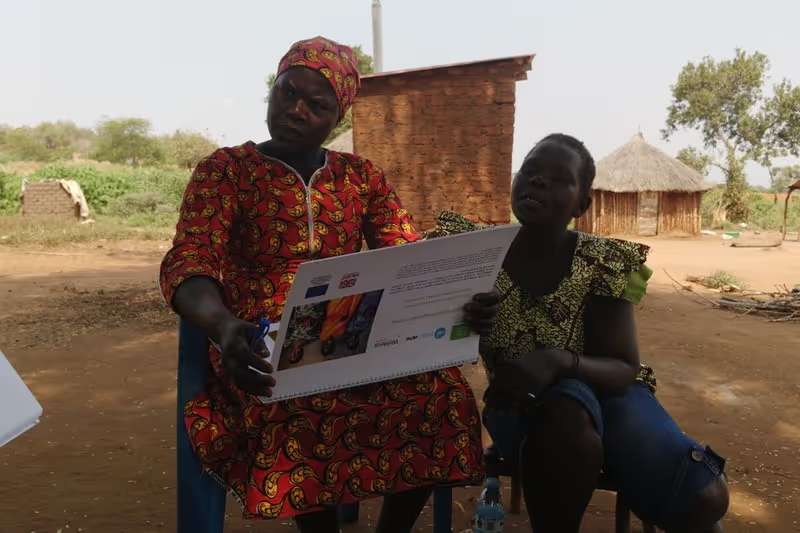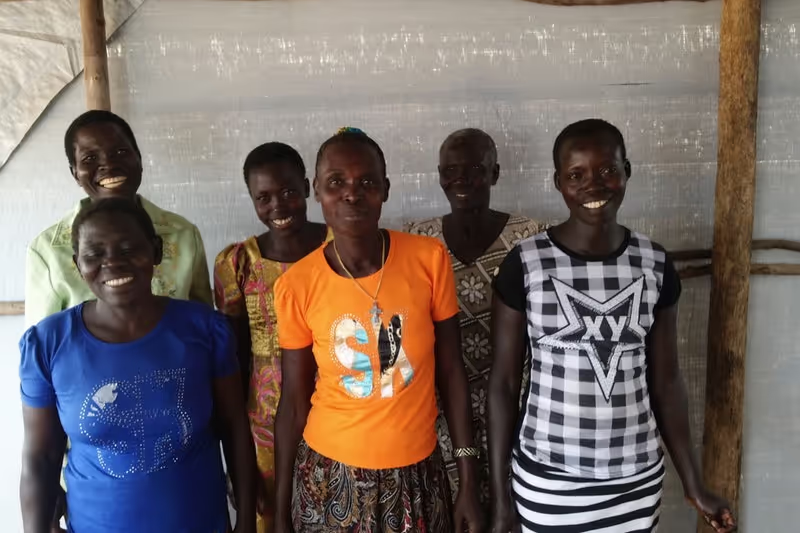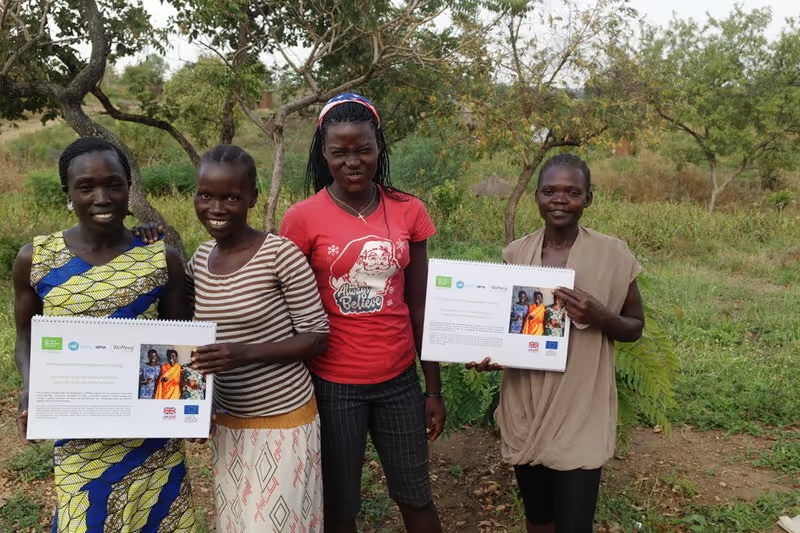Meeting linguistic challenges with images
11
June
2019
Type
Grantee insights
Area of funding
Humanitarian Innovation
Focus areas
Scale
No items found.
Year
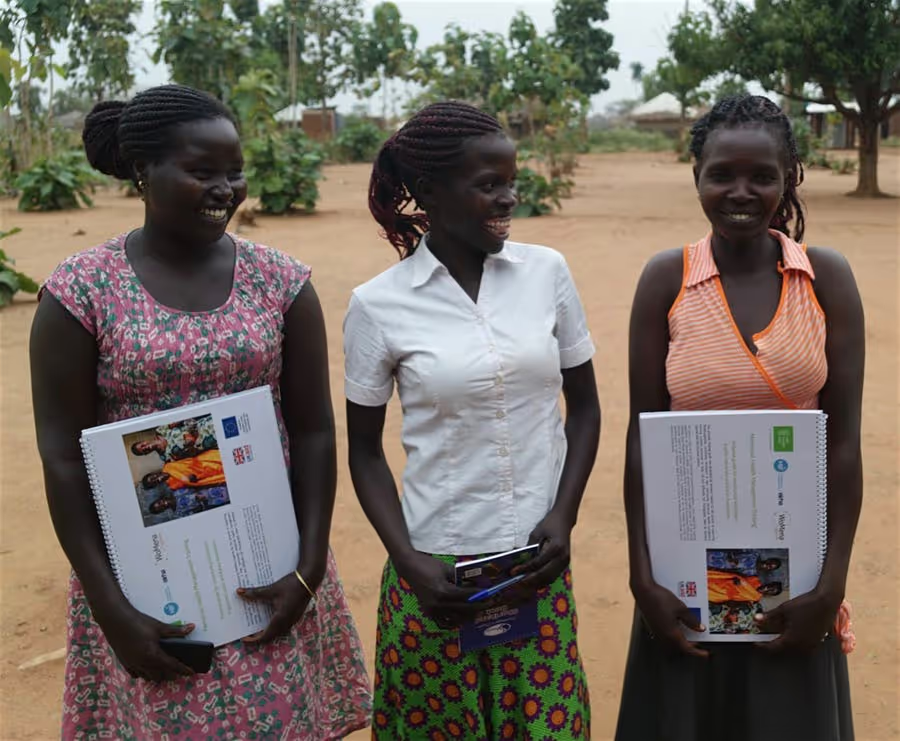
Meeting linguistic challenges with images
Innovative menstrual health education in humanitarian programming
By Rasmus Hauge, WoMena.
In the second week of December, we visited Bidibidi Refugee Settlement in West Nile, Uganda, as part of our HIF feasibility assessment of reusable menstrual products in humanitarian programming. The purpose of our visit was two-fold: We prototyped our newly developed pictorial guide and did a four-day training workshop with the study’s research assistants.
When we did our training of refugee and host population community facilitators in August, we utilised translators to cover the diverse linguistic landscape of Bidibidi Refugee Settlement. We discovered, however, that even with translators our regular training tools would not be sufficient, as the issue is not only diversity in languages but also illiteracy among parts of the population.
Since then, we have done language mapping as well as research into what could be the best way to support the community facilitators when they give menstrual health education to the participants in the project. Inspired by this research and our implementing partner Welthungerhilfe’s nutrition guide, we decided to develop material containing almost exclusively images and graphics.
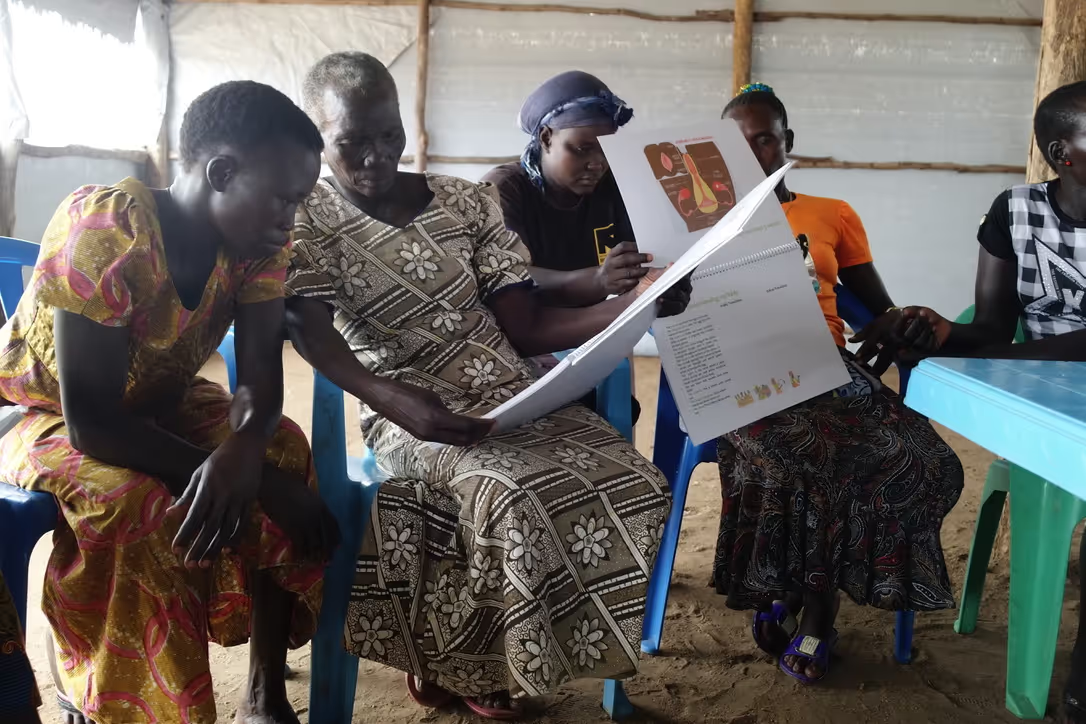
Community facilitators
For the community facilitators, who are going to train and hand out reusable menstrual products to women in their communities early next year, we have designed a pictorial guide that covers all the information the participants need to for a healthier and happier period. By way of visuals, it explains what happens in the body during menstruation, how to manage one’s period and how to properly use and clean a reusable pad and menstrual cup. The instructions for the community facilitators are written in English, Arabic and Kakwa, as our language mapping showed that they are the main languages spoken in Bidibidi Refugee Settlement.
When we visited the community facilitators in their villages in December, we showed them the prototype for the guide. Their feedback was positive, as all of them agreed on the need for having something they could use during their training that everyone can understand. They also liked the format of the guide which is A3 and designed so it can either stand alone or be held while talking.
The community facilitators shared their ideas and suggestions for improving the prototype, and we will now adjust the guide and give them all a copy of the new version, in a waterproof bag. When talking to the community facilitators, we also discussed their preliminary use of the reusable pads and menstrual cup. It was interesting and informative to hear them talk about their successes and challenges with adopting these new methods of menstrual care as well as the kits they come with. Where possible, we will alter the composition according to their feedback.
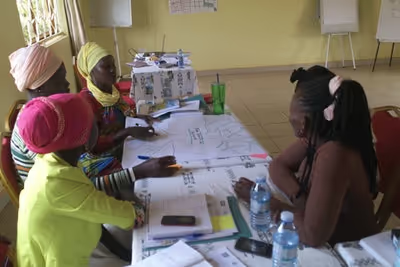
Training of research assistants
The linguistic challenge does not only pertain to the menstrual health and product training. We consider it of utmost importance that the participants in the study are fully informed about all aspects before they give their consent to participate. To ensure this the research assistants, who will carry out the surveys in the study, will not only be accompanied by a translator when necessary but have pictorial tools with them. These relate to the consent and information sessions that the research assistants will be doing with the potential participants as they can help to explain what the menstrual products are and look like.
The research assistants have been selected based on their experience working with Welthungerhilfe and on the basis of the languages, they speak. The training of them covered topics related to the study and the work they will be doing in the field, among other things: How is data collection performed correctly? What ethical principles should be followed? A major point on the agenda was the translation. In order for the participants to understand what the research assistants are saying, the consent forms must be as simple as possible.
At the training, we work-shopped the complex terms in the study and when possible they were changed to something simpler and more understandable. After this, we followed an exercise with the purpose of agreeing on which translations should be used for the most important words in the study - words relating to hygiene, anatomy, and so on, that can have different colloquial translations associations connected to them.
These exercises sparked lively debates which again proved that taking linguistic challenges seriously by careful and proper translation is vital to the study’s success – in cases where the translation is from one language to another and when it is from words to images.
Cover photo credit WoMena Uganda
No items found.
Stay updated
Sign up for our newsletter to receive regular updates on resources, news, and insights like this. Don’t miss out on important information that can help you stay informed and engaged.
Related articles
all latest news
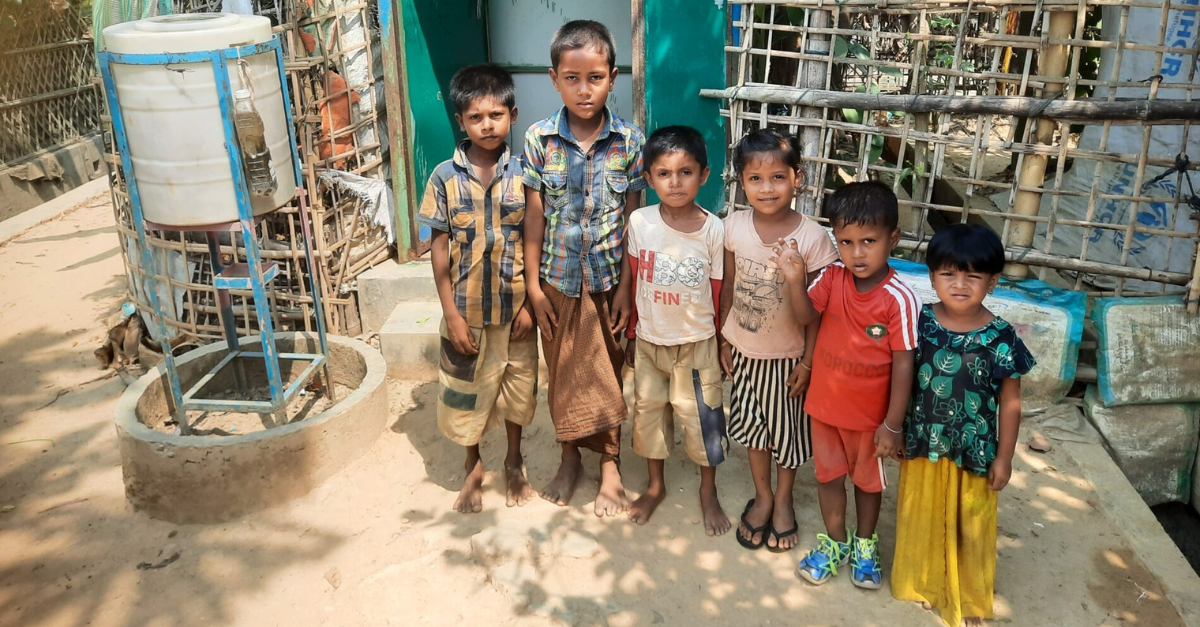
News
Supporting Refugees – Projects we support in crises settings
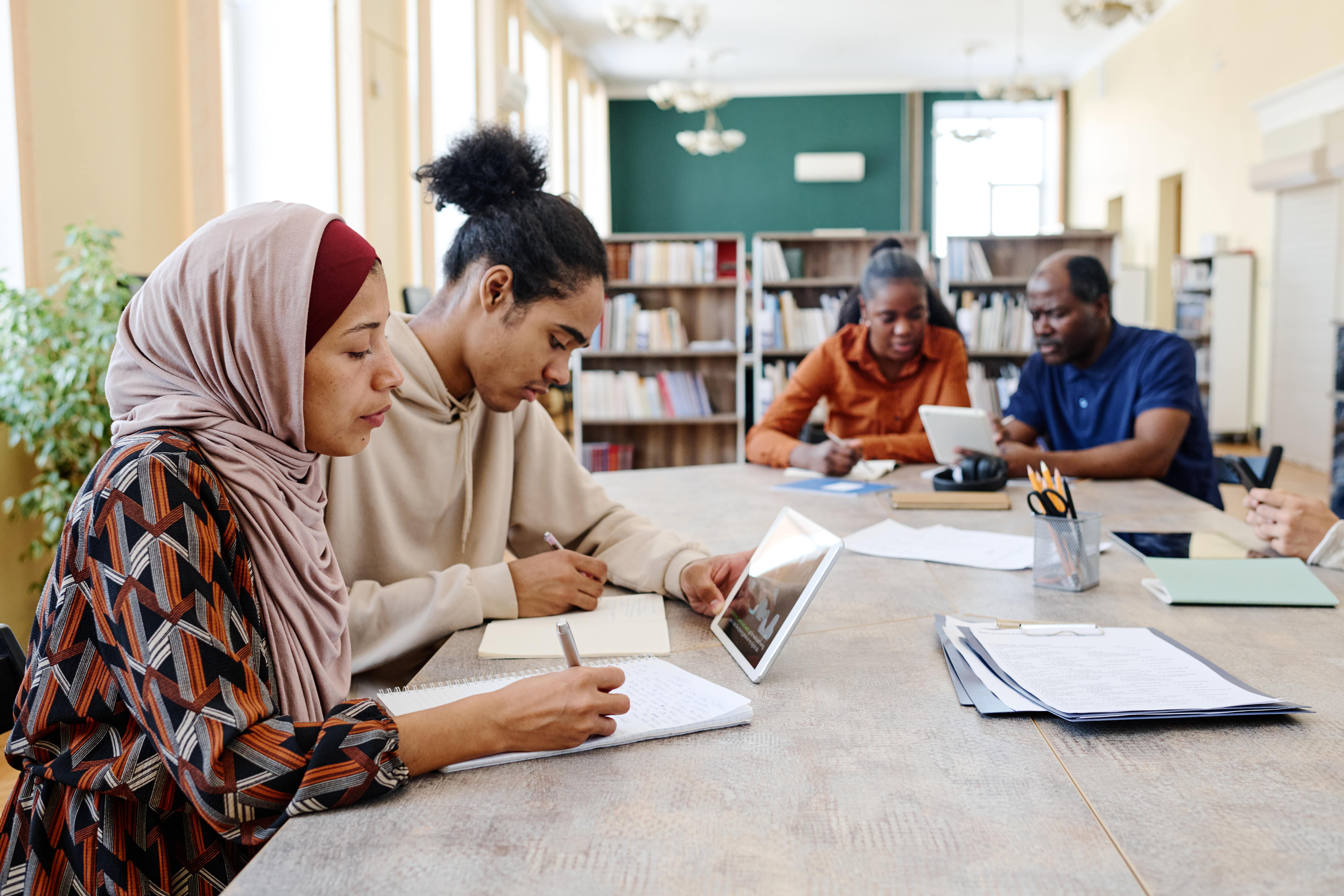
Elrha insights
Help, hazard or hype: reflections from our humanitarian AI learning journey
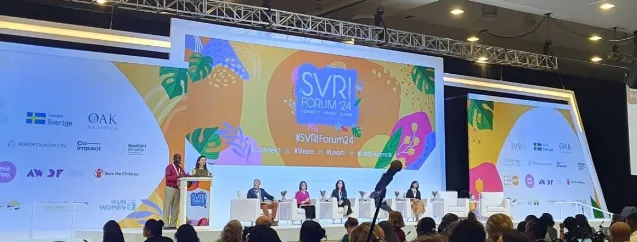
Elrha insights
Humanitarian innovations addressing gender-based violence are driving impact
Explore Elrha
Learn more about our mission, the organisations we support, and the resources we provide to drive research and innovation in humanitarian response.
